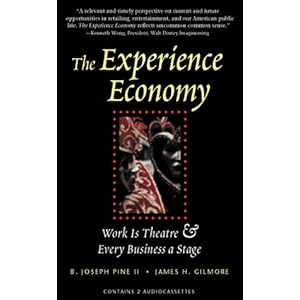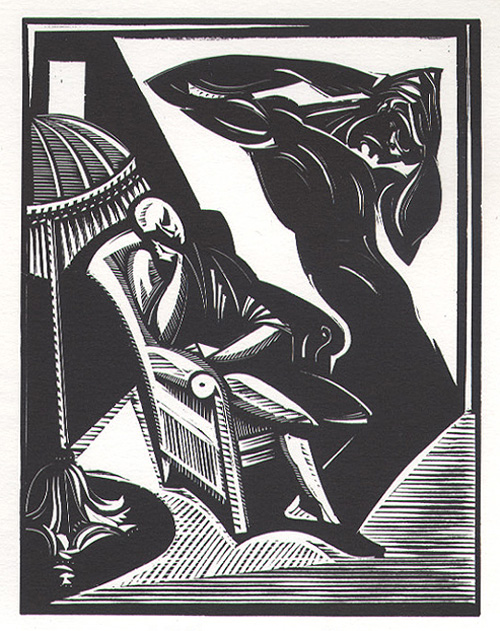Embodied in the language we use are all sorts of ideas and assumptions: some of which we are aware, others we are not. A paper in the latest Curator journal (Ntzani, 2015) explores how the “transmission” metaphors that are frequently applied to communications influences the way we conceptualise museums:
“[T]ransmission metaphors make communication seem like an easy or automatic process between active speakers and passive listeners. This presupposition has long haunted museum communication practices” (Ntzani, 2015, p. 63).
Drawing upon the work of Michael Reddy, Ntzani describes two main transmission metaphors: that of the conduit; and that of the container.

The two metaphors are distinct and often incompatible. Conduits are invisible and passive transmitters of information, whereas containers call attention to themselves in the way they hold information and impose a shape onto it.
Ntzani argues that the container metaphor is often implicit in the way we discuss museum objects, exhibits and indeed museum buildings.
. . . transmission metaphors make us think of museum objects either as containers of intrinsic cultural information, or as conduits of information that are transmitted from museum curators to museum visitors. The first proposition sees museum objects as sealed containers of cultural values that speak for themselves, while the second proposition sees museum objects as conduits of messages, the signs of a language museums employ to build their narratives.” (Ntzani, 2015, p.65, my emphasis)
That section in particular made me think about the language of objects issue I was grappling with last year. Could the container and conduit metaphors help explain differences in the way different curators conceptualise the object and its communicative role? The former positions the object as being imbued with inherent meaning. The latter renders the object as a mere tool for an interpretive storyline: it says nothing in particular until it’s placed into a wider narrative.
“When museums are discussed as educational institutions, attention falls on the transmission of messages; in this case conduit metaphors take the lead. When discussed as architectural spaces . . . container metaphors are more frequently used.” (Ntzani, 2015, pp.67-68)
The museum itself can be conceptualised as a series of nested containers, analogous to Russian dolls: an exhibit is nested inside an exhibition, which is nested inside a museum that itself is nested within a particular social or geographical context.

Extending the concept further, Ntzani points out that it is only the outside of each doll that is adorned – the interior is a plain, neutral container for the doll within. In museum buildings, there can be a tension between those who wish to have statement architecture that draws attention to iself, versus those wanting a discreet container that will fade into the background. The conflict between conduit and container may be a new way of conceptualising some of these debates about the role of museums.
Reference:
Ntzani, D. (2015). Under the Spell of Metaphors: Investigating the Effects of Conduit and Container Metaphors on Museum Experience. Curator: The Museum Journal, 58(1), 59–76. doi:10.1111/cura.12098



